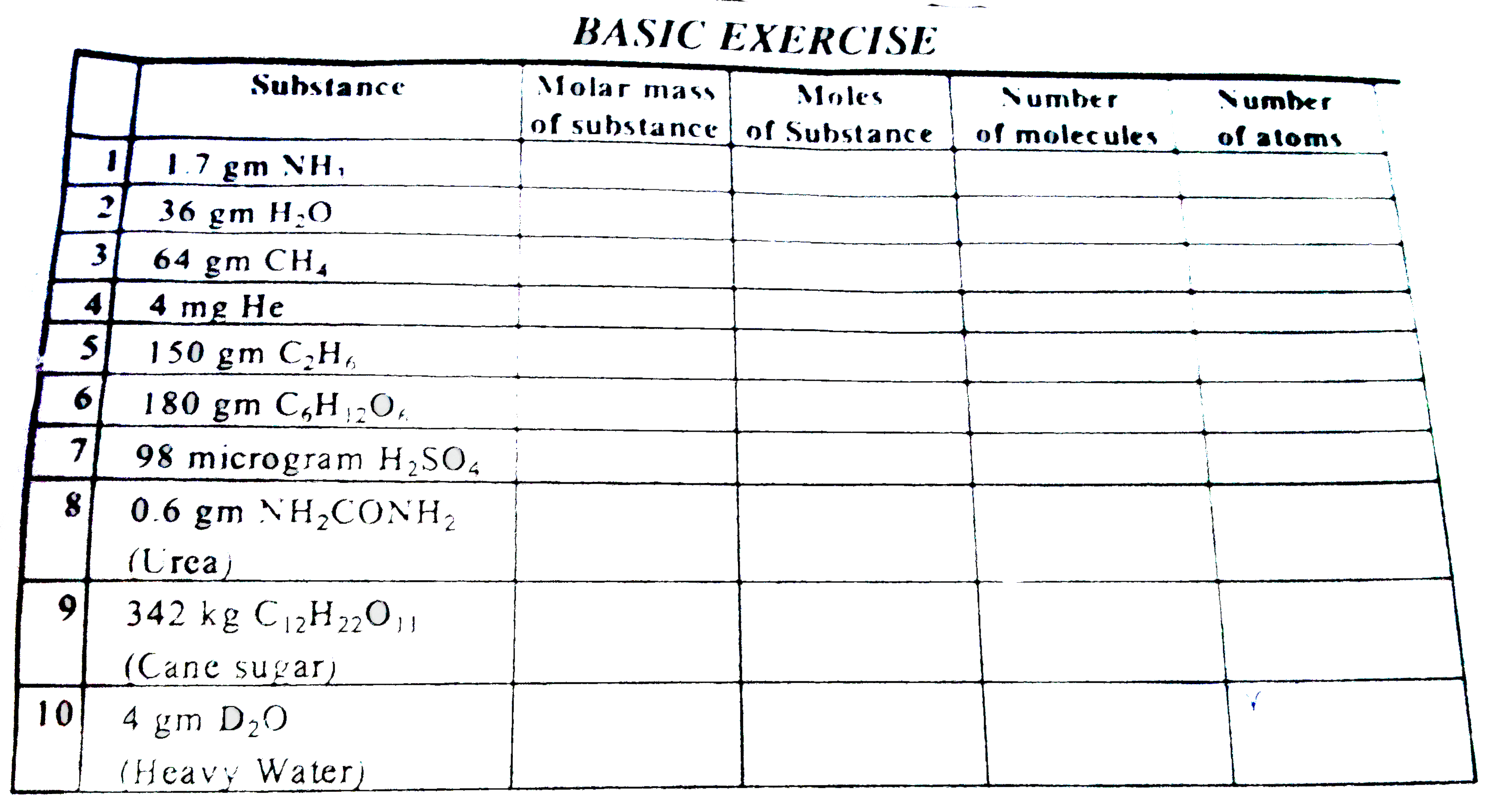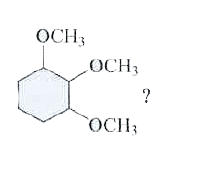How many moles of ammonia are produced, on hydrolysis of five moles of Li3N ?
The correct Answer is:(5)
To determine how many moles of ammonia are produced from the hydrolysis of five moles of lithium nitride (Li₃N), we can follow these steps:
1. Write the Hydrolysis Reaction:
The hydrolysis of lithium nitride can be represented by the following chemical equation:
Li3N+H2O→LiOH+NH3
2. Balance the Reaction:
To balance the reaction, we need to ensure that the number of atoms of each element is the same on both sides of the equation. The balanced equation for the hydrolysis of lithium nitride is:
Li3N+3H2O→3LiOH+NH3
This shows that 1 mole of lithium nitride reacts with 3 moles of water to produce 3 moles of lithium hydroxide and 1 mole of ammonia.
3. Determine the Moles of Ammonia Produced:
From the balanced equation, we can see that 1 mole of Li₃N produces 1 mole of NH₃. Therefore, if we start with 5 moles of Li₃N:
5 moles of Li3N→5 moles of NH3
4. Conclusion:
Thus, the number of moles of ammonia produced from the hydrolysis of 5 moles of lithium nitride is:
5 moles of NH3
Final Answer:
5 moles of ammonia are produced.
---
The hydrolysis of lithium nitride can be represented by the following chemical equation:
Li3N+H2O→LiOH+NH3
To balance the reaction, we need to ensure that the number of atoms of each element is the same on both sides of the equation. The balanced equation for the hydrolysis of lithium nitride is:
Li3N+3H2O→3LiOH+NH3
This shows that 1 mole of lithium nitride reacts with 3 moles of water to produce 3 moles of lithium hydroxide and 1 mole of ammonia.
From the balanced equation, we can see that 1 mole of Li₃N produces 1 mole of NH₃. Therefore, if we start with 5 moles of Li₃N:
5 moles of Li3N→5 moles of NH3
Thus, the number of moles of ammonia produced from the hydrolysis of 5 moles of lithium nitride is:
5 moles of NH3
5 moles of ammonia are produced.
Topper's Solved these Questions
- BOOK - CENGAGE CHEMISTRY ENGLISHCHAPTER - S-BLOCK GROUP 1 - ALKALI METALSEXERCISE - Exercises Fill In The Blanks19videos
S-BLOCK GROUP 1 - ALKALI METALS
- BOOK - CENGAGE CHEMISTRY ENGLISHCHAPTER - S-BLOCK GROUP 1 - ALKALI METALSEXERCISE - Exercises True/False17videos
S-BLOCK GROUP 1 - ALKALI METALS
- BOOK - CENGAGE CHEMISTRY ENGLISHCHAPTER - S-BLOCK GROUP 1 - ALKALI METALSEXERCISE - Exercises Assertion Reasoning24videos
S-BLOCK GROUP 1 - ALKALI METALS
- BOOK - CENGAGE CHEMISTRY ENGLISHCHAPTER - REDOX REACTIONSEXERCISE - Archives (Integers)1videos
REDOX REACTIONS
- BOOK - CENGAGE CHEMISTRY ENGLISHCHAPTER - S-BLOCK GROUP 2 - ALKALINE EARTH METALSEXERCISE - Ex 5.1 Objective2videos
S-BLOCK GROUP 2 - ALKALINE EARTH METALS
Similar Questions
How many moles of H3PO4 are obtained on hydrolysis of one mole of P4O8.
View SolutionHow many moles of ammonia are produced when one mole of calcium nitride reacts with water?
View SolutionHow many moles of methane are obntined by the hydrolsis of one mole of aluminum carbide ?
View SolutionHow many moles of NO2 are produced when 1 mole of B reacts with HNO3 ?
View Solution
How many moles of O-atoms are there in 1 mole CaCO3View SolutionHow many moles of PbCO3 are present in whitelead ?
View SolutionHow many moles of NaOH are required to react with one mole of solid N2O5?
View SolutionHow many moles of 'HI' will react with
 View Solution
View SolutionHow many moles of KMnO4 are required to oxidise one mole of SnCl2 in acidic medium?
View SolutionHow many moles of helium are produced when 1 mole of .92U238 disintegrate into .82Pb206?
View Solution

